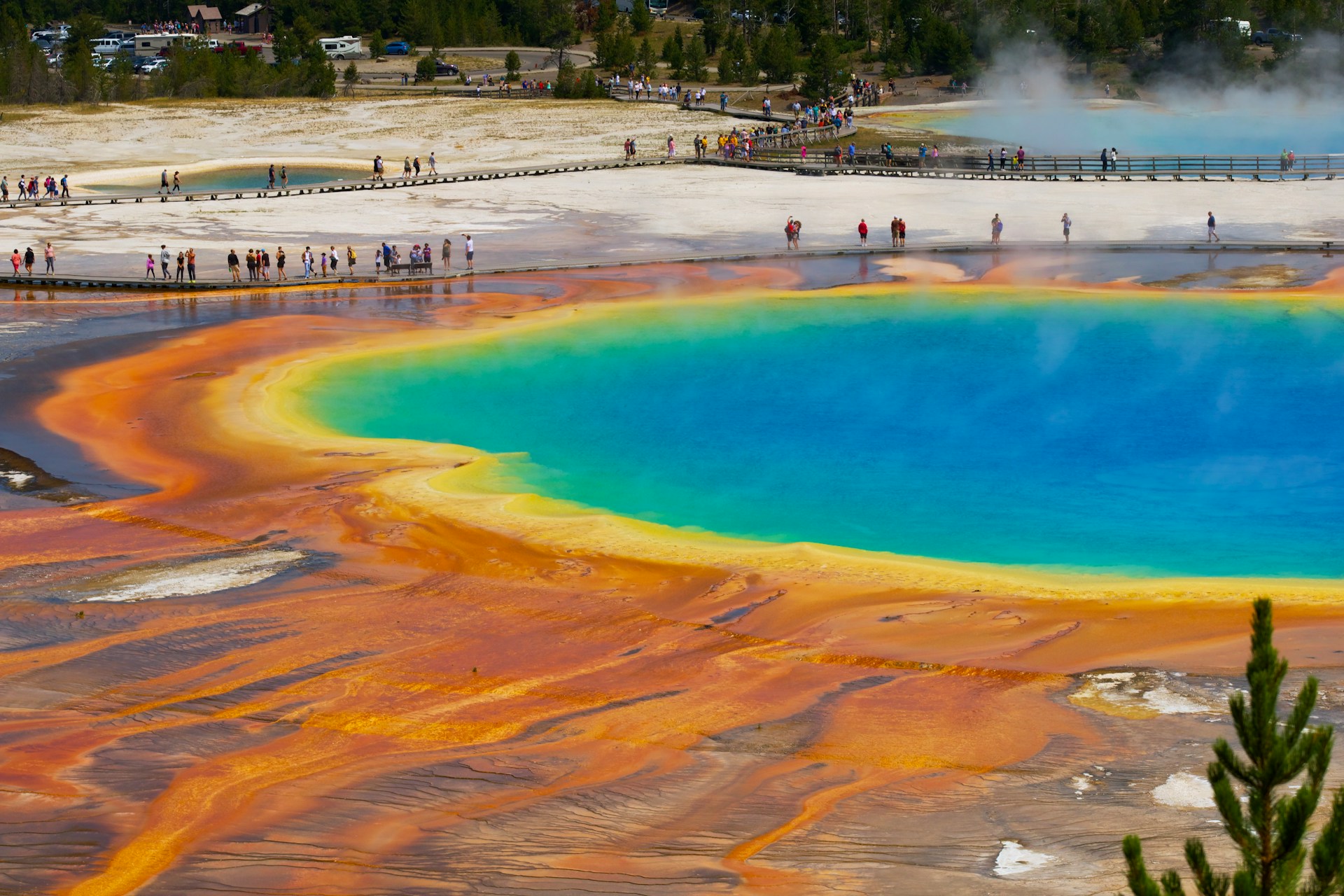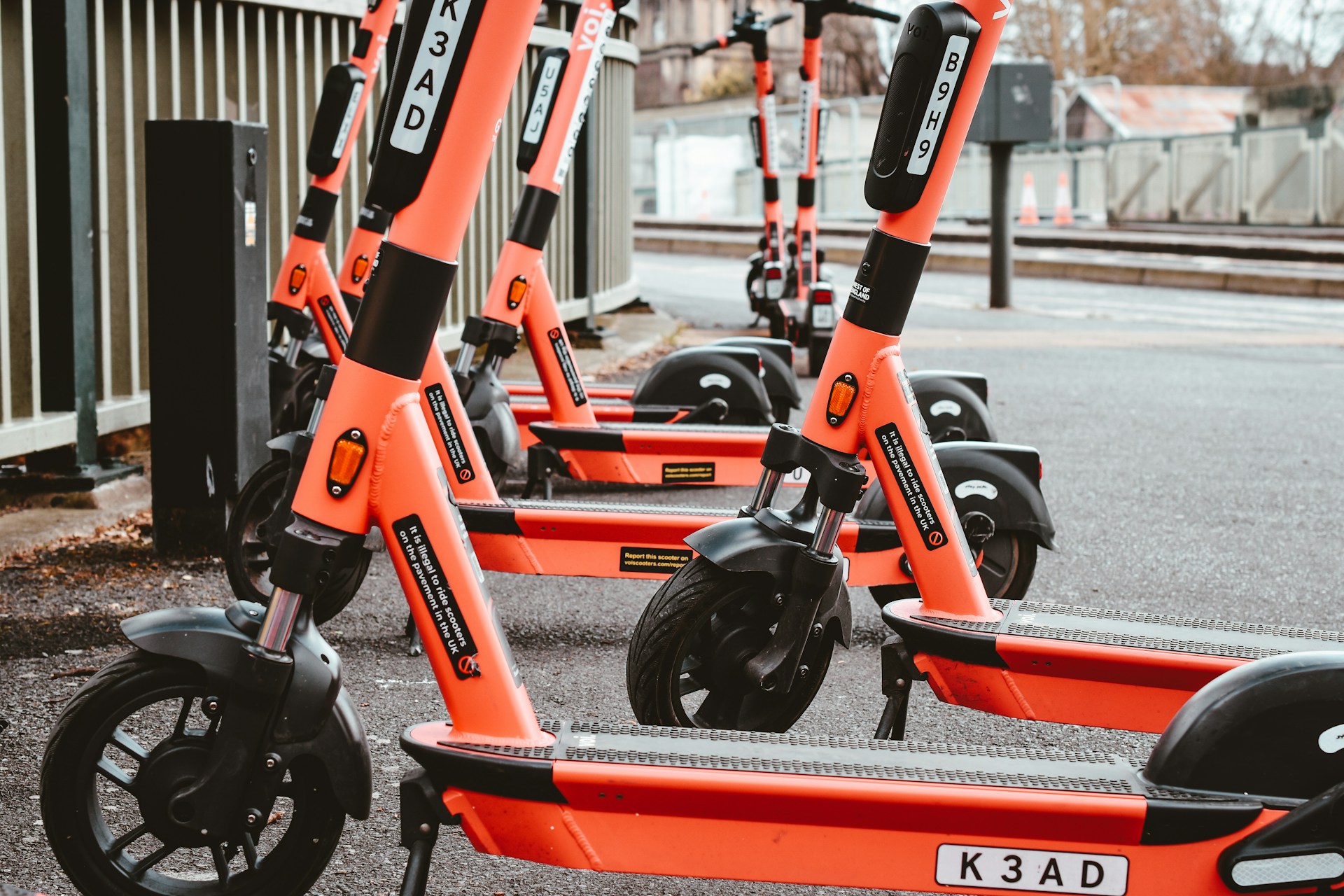Exploring with a baby or toddler adds a whole new dynamic to outdoor adventures. While baby carriers are often recommended for rugged paths, strollers can make life much easier on certain trails.
Luckily, many US national parks allow strollers. However, please note that accessibility varies greatly depending on the trail, terrain, and park regulations. Here is everything you need to know.

Yes, strollers are generally allowed in U.S. national parks. However, not all trails are stroller-friendly. Most national parks strive to protect natural landscapes, which means that many trails are left in their natural state. Most are rocky, uneven, or steep, which may not be suitable for wheels.
While the parks do not outright ban strollers, access depends on the type of path you choose. For example, some parks have paved trails, nature trails, and boardwalks near visitor centres, campgrounds, and main attractions, making it easy to navigate with a stroller. Many family-friendly parks, such as Yellowstone and the Everglades, are equipped with these features and are troller-accessible.
On the other hand, backcountry or wilderness trails are rarely stroller-friendly due to rough terrain, narrow paths, and steep inclines. In such areas, baby carriers are a better choice.
If you need to bring a stroller when visiting a national park, preparation is key. Here are a few tips to help you out:
Not all strollers are built for outdoor adventures. Choose one that has large, durable wheels that can handle gravel, packed dirt, or uneven surfaces without getting stuck. Standard city strollers may struggle outside paved areas.
Every national park has a mix of trails, from paved walkways to rugged backcountry routes. Before setting off, look at trail descriptions on the park’s official website or guide maps. Look for areas marked “easy” or “accessible.” This usually means they are suitable for strollers.
National parks can get crowded, especially during weekends and holidays. Narrow paths can be tricky to navigate with a stroller when there are large groups of people. Visiting early in the morning or later in the afternoon not only helps you avoid the busiest hours but also means the best weather temperatures for your child.
Not all accessible trails are the same. Paved paths and boardwalks are the easiest with strollers, while wide, flat dirt paths can also be manageable if your stroller has good wheels. However, trails described as “wheelchair-friendly” are not always great for strollers.
Even the best stroller can’t handle every path. For trails that are narrow, steep, or filled with obstacles, a baby carrier can be a lifesaver. They allow you to access parts of the park that wheels simply can’t manage. If you can, bringing both a stroller and a carrier would make the experience even better.
Taking a stroller into a national park can make family travel easier, but it does come with challenges. While they may be perfect in most visitor areas, paved trails, and boardwalks, you may require carriers in rugged wilderness routes instead.
It is also important to prepare yourself ahead of time. Choose the right stroller, research trail conditions, and explore when it is not too crowded.


If you want the latest information on the best Hotel Executive Club Lounges, Hotel Kids Clubs and other travel information, be sure to sign up for our free newsletter full of tips and great travel ideas.